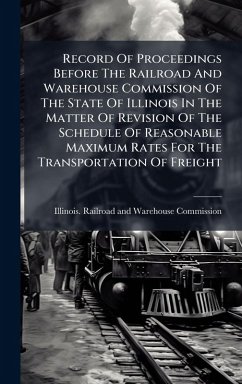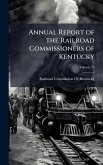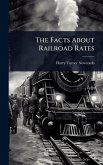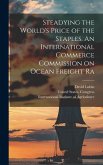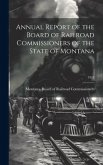This volume presents the complete record of proceedings before the Railroad and Warehouse Commission of the State of Illinois from 1902 to 1905, concerning the revision of maximum rates for freight transportation. A crucial historical document for understanding the regulation of railroads in the early 20th century, the book offers detailed insights into the legal and economic considerations that shaped transportation policy. Examining the debates, evidence, and decisions made by the Commission, this record provides valuable context for scholars and anyone interested in the history of railroad regulation and its impact on commerce in Illinois. Essential reading for historians, legal scholars, and transportation economists, "Record Of Proceedings Before The Railroad And Warehouse Commission Of The State Of Illinois In The Matter Of Revision Of The Schedule Of Reasonable Maximum Rates For The Transportation Of Freight: 1902 To 1905 Inclusive" offers a comprehensive look at a pivotal era in American transportation history. This work has been selected by scholars as being culturally important, and is part of the knowledge base of civilization as we know it. This work was reproduced from the original artifact, and remains as true to the original work as possible. Therefore, you will see the original copyright references, library stamps (as most of these works have been housed in our most important libraries around the world), and other notations in the work. This work is in the public domain in the United States of America, and possibly other nations. Within the United States, you may freely copy and distribute this work, as no entity (individual or corporate) has a copyright on the body of the work. As a reproduction of a historical artifact, this work may contain missing or blurred pages, poor pictures, errant marks, etc. Scholars believe, and we concur, that this work is important enough to be preserved, reproduced, and made generally available to the public. We appreciate your support of the preservation process, and thank you for being an important part of keeping this knowledge alive and relevant.
Bitte wählen Sie Ihr Anliegen aus.
Rechnungen
Retourenschein anfordern
Bestellstatus
Storno

